
Have you ever been called a robot?
I have.
Story time! Several years ago, I worked at the Front Desk of a hotel. One night, as my colleague and I greeted the guests who stumbled from the bar to the elevator, a guest took exception with the way we said, “Good evening.”
Agitated, she slurred out, “You two are actual robots. Miserable robots.”
I’ve never forgotten it.
She may have been under the influence, but alcohol tells no lies. Even though it wasn’t our intention to give off a detached, impersonal vibe—that’s exactly how she experienced our service.

Since that pivotal moment in my life, I’ve learned that it is possible to automate your customer service experience without seeming robotic. Below, I’ll share exactly what I’ve learned, adapted for the online experience. Let’s discuss.
Automation and Humans Work Together
Will robots take over the earth someday? Maybe. But for now, you can use technology to artificially extend your reach and, perhaps ironically, build a more human connection with your customer.
How?
First, know your customer. Who are they and why are they coming to you for help? What service are they looking to receive from you?
Then, anticipate your customer’s actions. What are they most likely to do now that they’ve found you online? Will they subscribe to your email list? Do they want to start a free trial? Are they interested in scouring your knowledge base? Will they enroll in your free e-course? Do they need help using your product?
Guess what: you can automate your interactions with your customers without them suspecting a thing. To them, your automations will feel like flawless service. Better than competent, you’ll be regarded as a brand that’s completely in sync with its customers.

Automate the customer experience in three distinct areas: email interactions, content marketing across your website and social media channels, and finally customer support. This is how it all breaks down.
1. Automate the Email Experience
When you’re new to business automation, email is the perfect place to test the waters. There are plenty of opportunities to automate the email experience without seeming impersonal.
Get an Email Marketing Service
It all starts off with an email marketing service. In the past, I’ve championed MailChimp. I still love them, but I’ve made room in my heart for Drip, too.
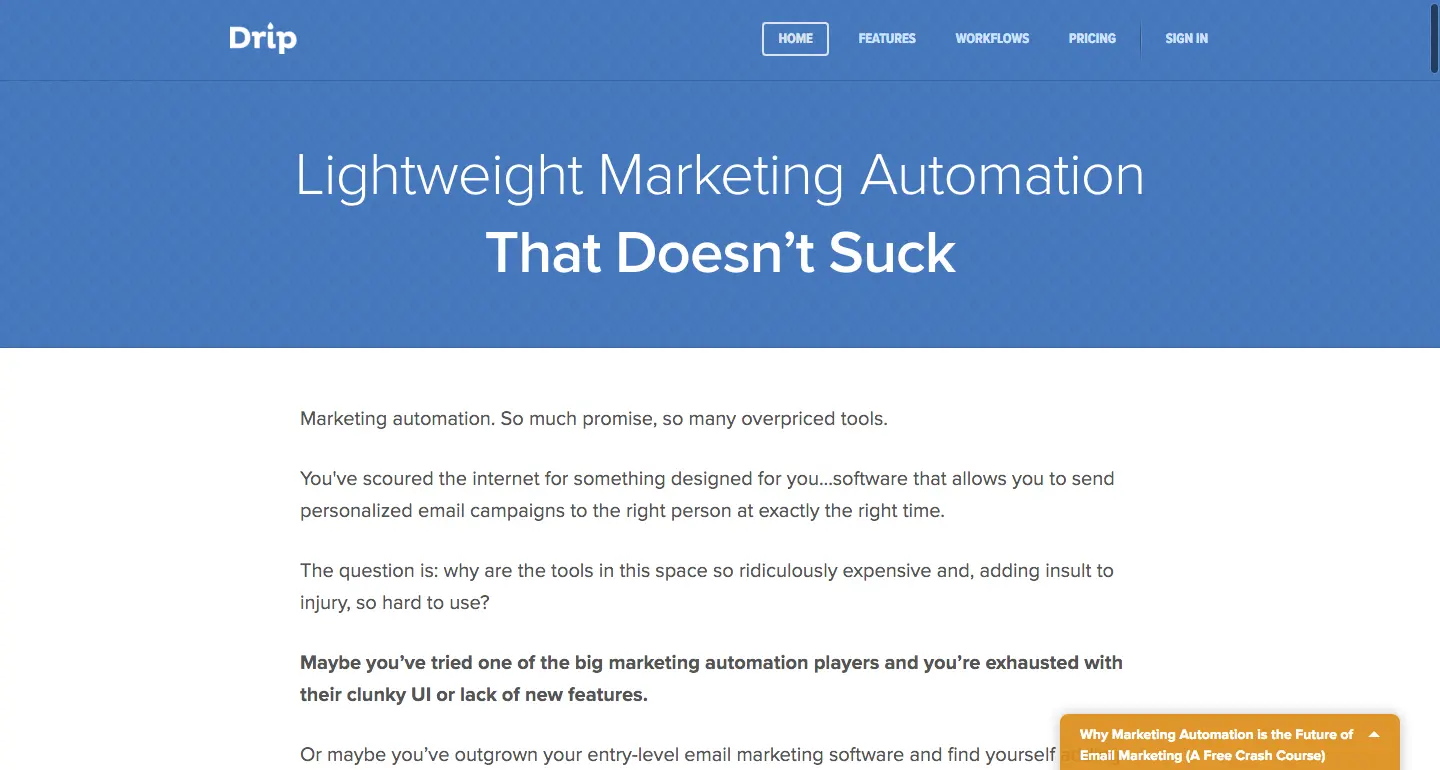
Drip features a visual workflow builder to help you sequence email campaigns. You can use Drip to automate a subscriber’s experience. Move them from one campaign to the next, automatically triggered by the subscriber’s behavior.
Also, Drip can automatically remove subscribers who haven’t opened a set amount of emails from you. You’ll never do it on your own—or at least it’ll be very hard. With Drip, you don’t even need to see it happening. That’s definitely worth the price of admission.
Send a “Welcome” Letter
After you’ve set up an email marketing service and created opt-in forms on your website and social media, be sure to set up an informative welcome letter.
In your welcome letter, briefly reintroduce your brand and offer basic information that will help your customers in their experience with your brand. For example, discuss how often you will send out newsletters, share ways to contact you, offer your social media links, get them back to your site by showcasing your best content, or send a video that explains how to use your product if they’ve signed up for a trial.
The good news is you can do this once and then upload it to your email service so that it’s automatically sent whenever a new subscriber joins your email list.
Shopping Cart Abandonment Email
Do you run an ecommerce site? You’re probably familiar with shopping cart abandonment.
Research shows that up to 90% of shopping carts are abandoned without completing the order. There’s window shopping and then there’s ridiculous.
But you can recover some of these sales by perfecting timing an email that encourages the customer to complete the purchase. The encouragement often comes in the form of a coupon code. And guess what? It works.
But who has the ability and resources to send emails to every single user who’s abandoned a cart? You do, if you automate the process.
Use a tool to help you recover your potential losses. CartStack may be just the perfect tool. Send out a visual email to remind your customers what they’ve left behind and then send them back to exactly where they left off so they can complete the order.
Plus, CartStack actually offers a guarantee that they’ll help you recover your abandoned cart business, or it’s free. I like those odds.
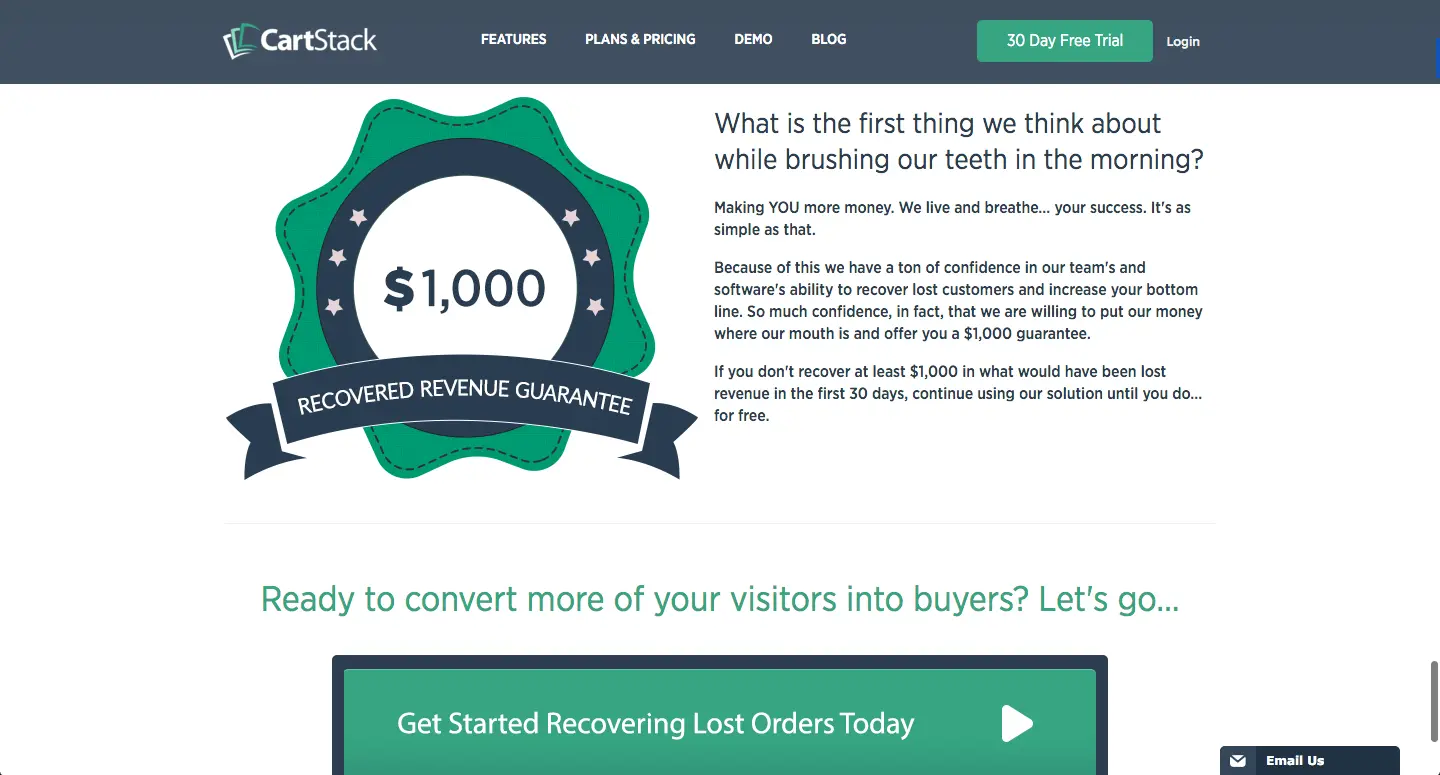
Create Automated Responses
I’m willing to bet you spend a lot of time in your inbox saying the same thing over and over again. Why are you wasting time typing out the same email when you could create canned email responses? Once you’ve composed them, you can access and send these automated responses within a few clicks.
Most email providers offer canned responses, including Gmail, Hotmail, and Outlook. Here’s a useful link for setting up canned responses through those email providers.
2. Automate Your Content Marketing
Content marketing can take an extraordinary amount of time. You can free up some time by automating a list a couple of the most mundane parts of content marketing.
Automate Your Social Media
No one can avoid social media these days. Even the Pope tweets, y’all.

Image Courtesy of @Pontifex, Twitter
It’s a brave new world, indeed.
So, if the Pope needs to stay active on Twitter, why don’t you? And Twitter’s just the start. Don’t forget about Facebook, Instagram, LinkedIn, and Pinterest, too.
Use social media to share valuable resources and deliver handy updates to your customers.
But how in the world can you post all day on social media and actually run your business, too?
Automation, of course.
There are so many great scheduling tools available on the market place that will help you deliver fresh and beneficial content to your customers and followers and social media. Let’s run through the top players below:
Buffer – With Buffer, you can schedule posts for Twitter, Facebook, LinkedIn, Google+, and Pinterest. It’s free forever for up to 10 scheduled posts at a time. It’s a great tool to use to get started, but you may find it limiting.
Hootsuite is very similar to Buffer.

Edgar – Similar to Buffer and Hootsuite, Edgar can help you schedule posts across multiple social networks. The difference is the Edgar stores your posts in a library and reuses this content automatically. This means you won’t need to babysit your queue, especially if you forget to update one week.
Edgar works with Facebook, Twitter, and LinkedIn.
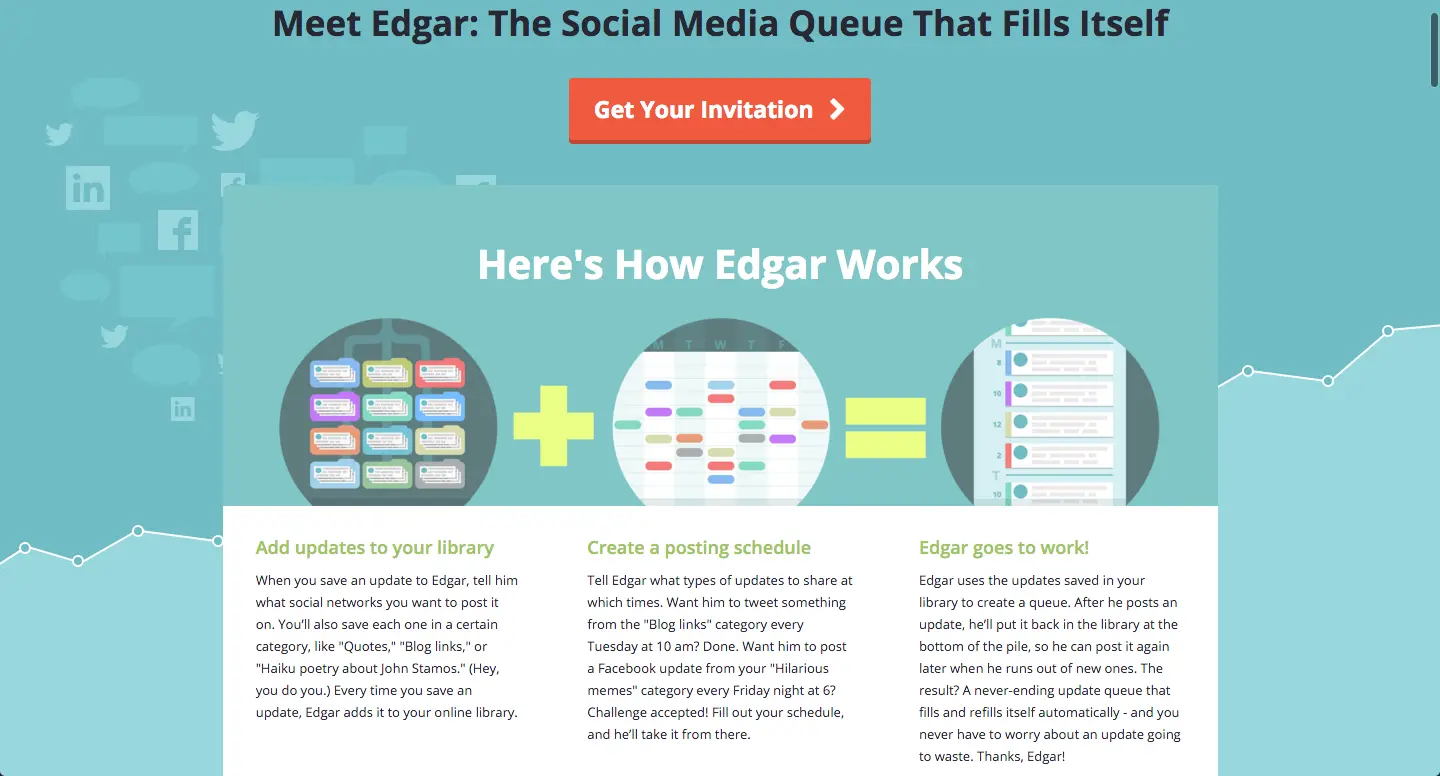
But what about Instagram and Pinterest? Don’t worry, you can automate posts on these platforms, too.
Latergram helps you plan and schedule Instagram posts to multiple accounts as often as you’d like. You can schedule both photos and videos with the premium account.
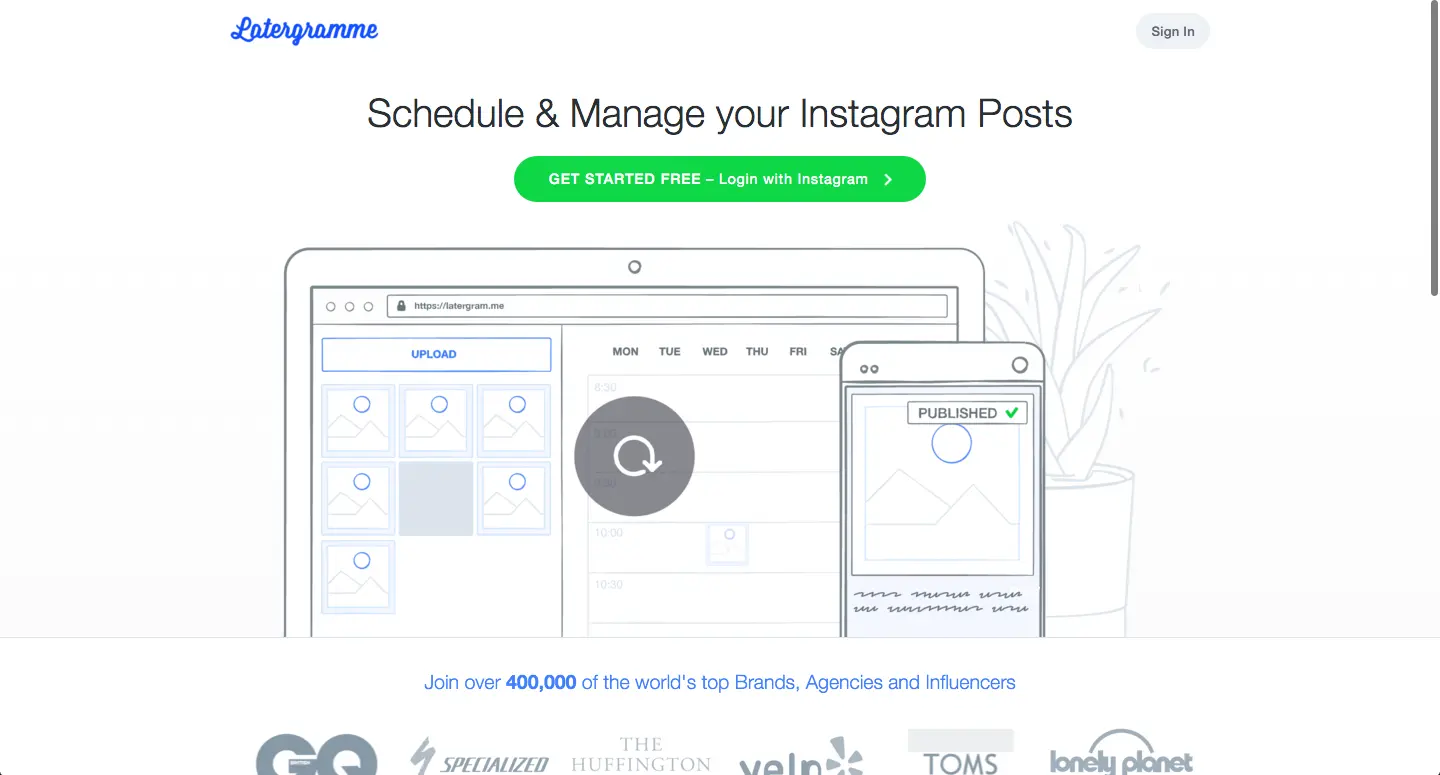
For Pinterest users, Tailwind is the way to go. Tailwind can actually post pins on a super secret sauce algorithm when your audience is most likely to be engaged.
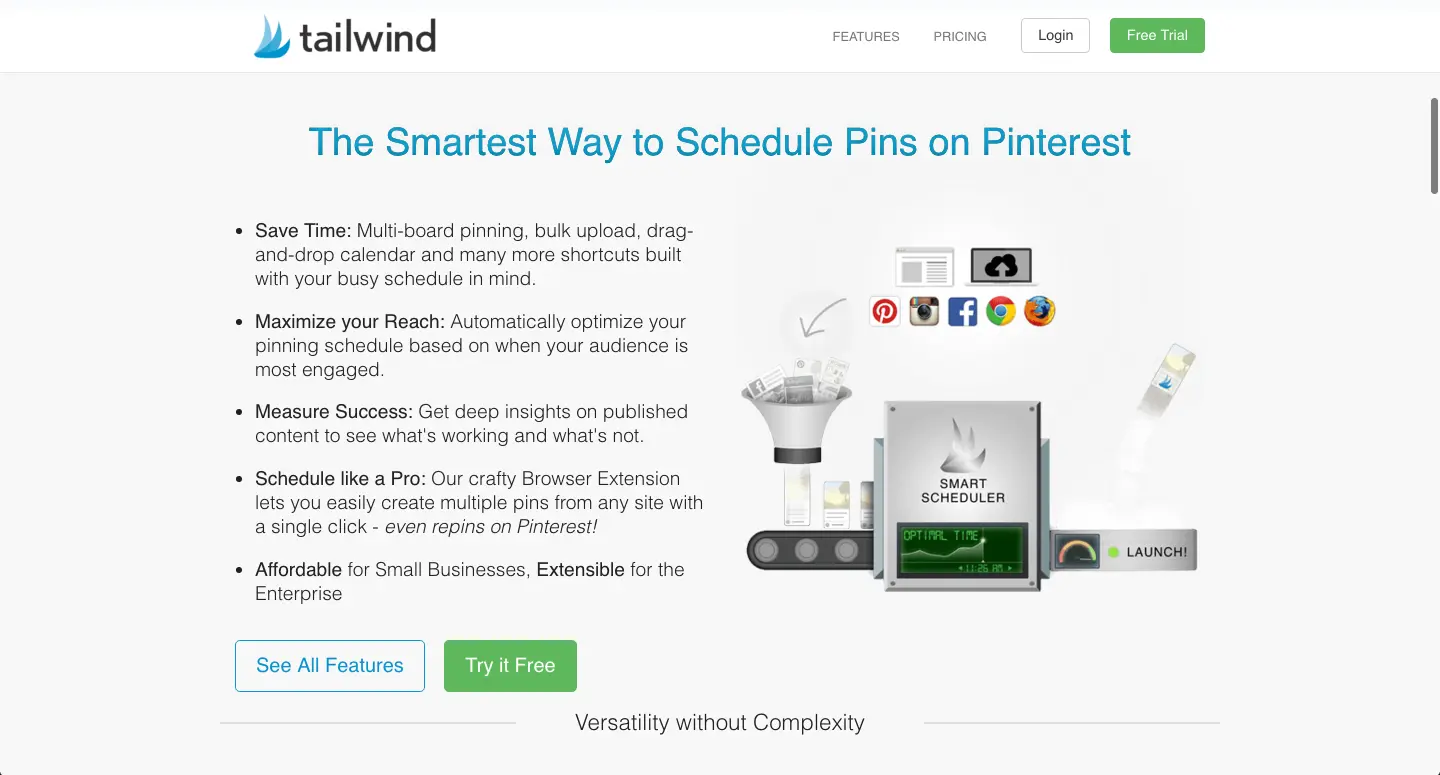
Schedule Your Blog Posts with Ease
While there isn’t a way to automate your blog posts (yet), there is a way to automate your blog posting schedule.
Research shows that the best way to build an audience is through consistent posting. You need to create a posting schedule and stick to it. Don’t post three blog posts today and then go radio silent for the next two years.
It happens.
Here’s something I know for sure: you won’t always want to write a blog post every Thursday. Things come up or you’re just not inspired to write.
It happens.
That’s why you should batch write your posts when you do feel inspired. There may be times when you feel like writing two or three, or even five blog posts in a single sitting. Happily welcome those times in, but don’t post all at once.
Instead, use a service like CoSchedule to schedule and then automatically post your pre-written blogs on a set time.
3. Automate Your Customer Support
Last, but not least, let’s switch to autopilot for your customer support and to improve your user experience.
Create an Intuitive Knowledge Base
I highly recommend adding a knowledge base to your website. A knowledge base is more than a polite collection of frequently asked questions. It’s the entire library of how to use your service.
Automation for the win—for both you and your customer. Click To Tweet
With the right software, your knowledge base will be one of the most useful employees on your staff– and he’s always on duty. By adding a knowledge base to your site, you’ll slash support requests in half, or close to it. Automation for the win—for both you and your customer.
Groove is one of my favorites when it comes to knowledge base management. You can offer instant answers as the customer types a support request. This will decrease tickets and create a smoother customer experience with your brand.
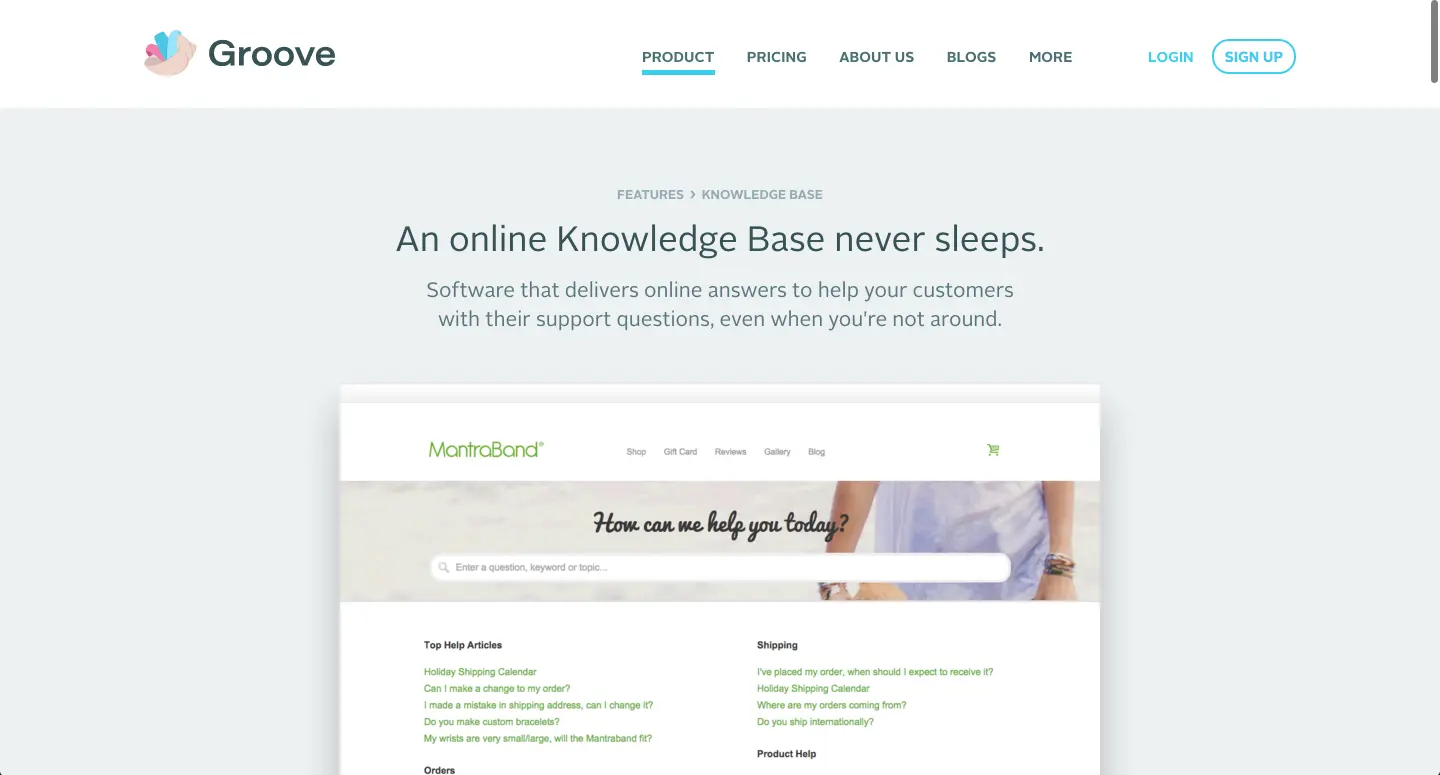
Another reason I love Groove? Canned replies. Remember earlier we talked about setting up canned replies with your email. You can do the same thing with Groove. This simplifies the process of replying to commonly asked questions.
Ask questions
If only there was a way to get quick answers from the people on your website immediately and simply…
Oh wait, there is! It’s called Simple Survey, and we’ve actually discussed this in depth here: How to Strike Gold in Your Audience Survey Data. Be sure to check out that post to find out how to conduct quick surveys on your website.
Don’t overlook this opportunity to learn more about your audience. Surveys will help you collect necessary data automatically. It’s one of the best and easiest tactics you can use to improve your customer service.
Final Thoughts
Automation is one of the best things about doing business in the 21st century. Do it. You can actually improve your customer experience by increasing your automation.
